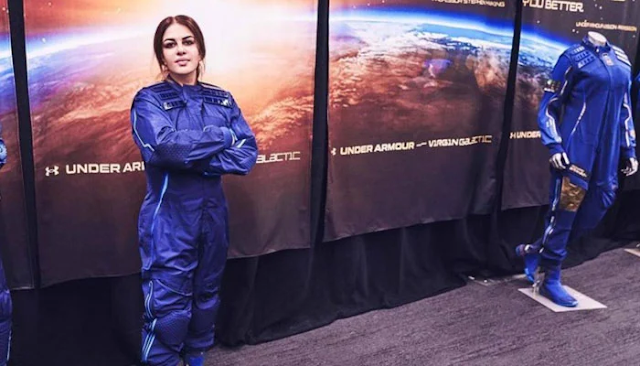Chandrayaan-3: India's Next Lunar Odyssey
The Indian Space Research Organisation (ISRO) is once again preparing to embark on an exciting lunar journey with Chandrayaan-3. Following the successes of Chandrayaan-1 and Chandrayaan-2, India is poised to make further strides in lunar exploration. Chandrayaan-3 represents a significant leap in India's space ambitions, aiming to build on the knowledge and experience gained from its predecessors. In this article, we will delve into the details of Chandrayaan-3 and how it works.
Chandrayaan-3: The Next Chapter:
Chandrayaan-3 is India's third lunar mission, and it follows in the footsteps of its predecessors with a primary focus on lunar exploration and research. The mission was officially announced by ISRO in 2022 and is set to continue the scientific legacy of Chandrayaan-2, which included the orbiter, lander, and rover components.
Components of Chandrayaan-3:
1.Orbiter: The orbiter is the central component of Chandrayaan-3. It is designed to orbit the Moon and perform remote sensing observations from above. The orbiter is equipped with a suite of instruments that can capture high-resolution images, analyze mineral composition, and study the Moon's surface and exosphere.
2.Lander: Chandrayaan-3 will deploy a lander, similar to Chandrayaan-2's Vikram lander. The lander's primary function is to safely carry the rover to the lunar surface. Once it reaches its designated landing site, it will deploy the rover and continue to operate for as long as possible.
3.Rover: The rover is a mobile laboratory that will explore the lunar surface, conducting experiments, collecting data, and analyzing samples. It is equipped with various scientific instruments to study the Moon's geology, topography, and its potential resources.
Mission Objectives:
Chandrayaan-3 has several scientific objectives, including:
1.Lunar Surface Analysis: The rover will analyze the lunar surface, including the composition of rocks and regolith, to better understand the Moon's geological history.
2.Water Ice Detection: One of the critical goals is to detect and characterize water ice on the Moon. This information is vital for future lunar resource utilization.
3. Seismological Studies: Chandrayaan-3 will contribute to our understanding of the Moon's interior by studying its seismic activity, shedding light on its internal structure and evolution.
4. Ex ploring Lunar Pole: The mission will focus on the lunar south pole, a region of particular interest due to its potential water ice deposits and its relevance to future lunar missions, including human exploration.
Chandrayaan-3 Works:
Chandrayaan-3 operates through a well-coordinated series of actions:
1.Launch: The mission begins with a launch vehicle carrying the Chandrayaan-3 spacecraft. ISRO selects a launch window that aligns with the Moon's position for optimal trajectory.
2.Orbital Insertion: Upon reaching lunar orbit, the spacecraft undergoes orbital insertion to position itself for its various tasks. The orbiter will be the first to enter lunar orbit, followed by the lander and rover.
3. Landing: The lander, with the rover on board, will separate from the orbiter and descend to the lunar surface. The descent phase is carefully monitored and controlled to ensure a safe landing.
4.Rover Deployment: Once safely on the lunar surface, the lander will deploy the rover. The rover then begins its scientific exploration, conducting experiments and sending data back to Earth via the orbiter.
5.Data Transmission: The orbiter serves as a relay station between the rover and Earth. It receives data from the rover and transmits it to ISRO's ground stations on Earth for analysis.
6.Mission Duration: The duration of the mission depends on various factors, including the rover's operational lifespan and the orbiter's continued functionality. Chandrayaan-2's orbiter, for example, continues to operate and send valuable data years after its launch.
Conclusion:
Chandrayaan-3 represents another exciting chapter in India's space exploration journey. With its ambitious scientific goals, the mission is poised to expand our understanding of the Moon's composition, geology, and potential resources. Furthermore, Chandrayaan-3 is a testament to ISRO's dedication to pushing the boundaries of space exploration and its commitment to contributing to our knowledge of the lunar realm. As the mission unfolds, the world eagerly anticipates the discoveries that will emerge from this lunar odyssey.





Comments
Post a Comment